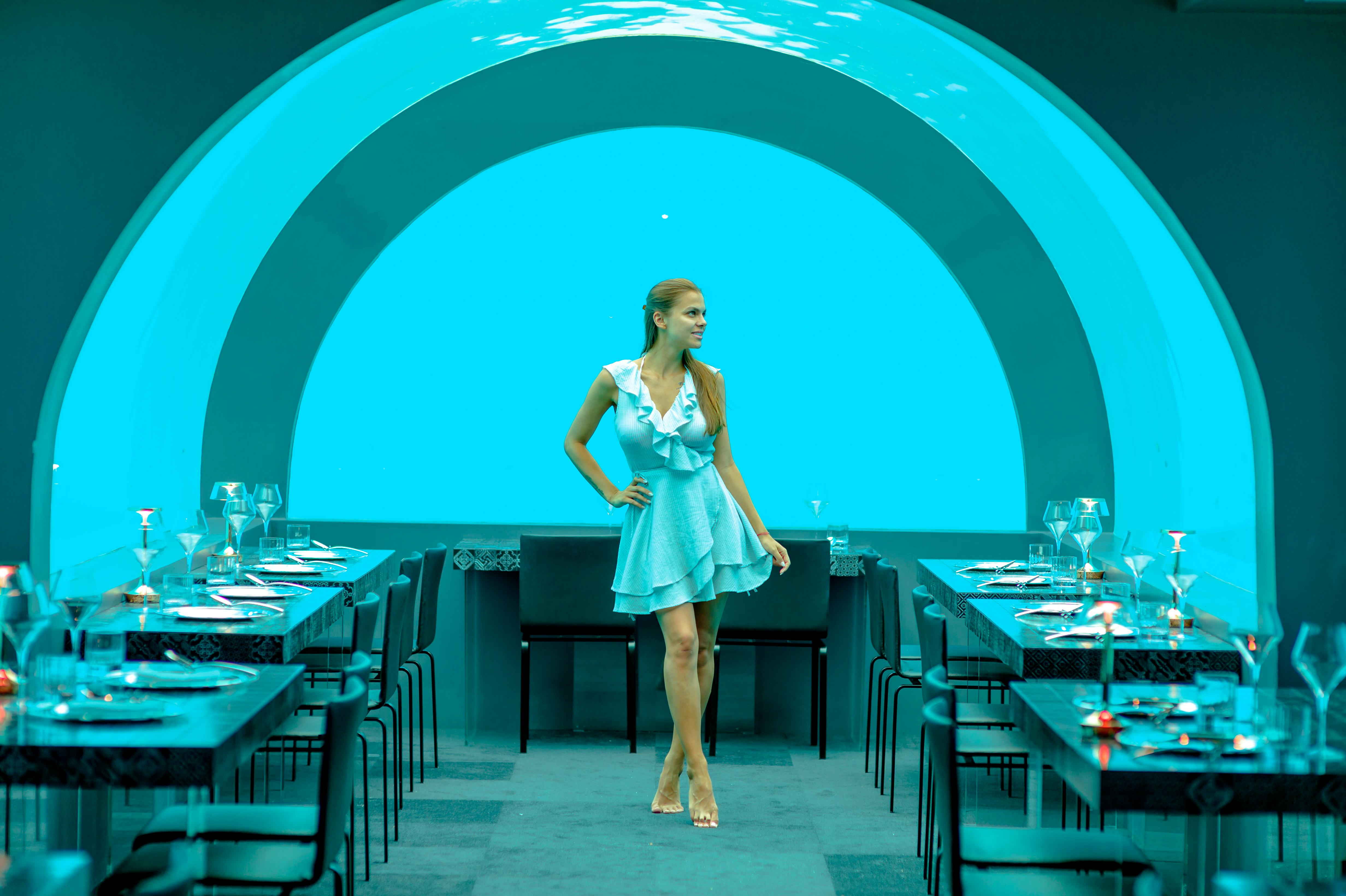Effective Ways to Optimize Your 100 Gallon Fish Tank for Healthy Aquatic Life in 2025
Setting up and maintaining a 100 gallon fish tank can be a rewarding experience for any aquarium enthusiast. However, ensuring that your aquatic environment thrives requires careful attention to several factors, including proper aquarium maintenance, water quality, and the choice of inhabitants. In this article, we will explore effective strategies for optimizing your 100 gallon fish tank, ensuring your fish enjoy a long and healthy life.
Understanding Fish Tank Setup for Beginners
Starting with an effective fish tank setup can determine the success of your aquarium. A 100 gallon fish tank presents ample space for various species, but it's crucial to consider the layout and equipment required. First, ensure that your tank is on a solid, level surface that can support its weight when filled with water. Select an appropriate fish tank substrate based on the type of fish and plants you wish to keep. For a balanced ecosystem, combining a solid substrate with special decorations can mimic a natural habitat.
Choosing the Right Filtration System
Efficient fish tank filtration is vital for maintaining a healthy environment. The choice between different filtration systems—such as canister filters, hang-on-back filters, or sponge filters—depends on your specific tank needs and the fish species present. A reliable filter will reduce toxins in the water, remove uneaten food, and keep the water clear. It's recommended to select a filter rated for at least double the volume of your tank for optimal performance, ensuring that your fish thrive in clean water.
Essential Fish Tank Accessories
Investing in quality aquarium equipment can enhance the aquatic experience. An efficient aquarium heater is crucial for maintaining ideal water temperatures suitable for the species you choose, while aquarium lighting plays a role in plant growth and overall aesthetics of your fish tank environment. Use appropriate LED light fixtures that provide a balanced spectrum for both plants and fish. Additionally, consider investing in fish tank aeration tools, helping distribute oxygen throughout the tank, particularly in larger setups like a 100-gallon aquarium.
Tank Cycling: The Key to Stabilizing Fish Life
The fish tank cycling process is foundational for establishing a healthy balance within your aquarium. During cycling, beneficial bacteria develop, transforming toxic ammonia from fish waste into harmless nitrates. This process may take several weeks, and monitoring fish tank water quality through testing kits is crucial. Once your tank has successfully cycled, you can introduce fish gradually, monitoring their behavior to ensure they are well-adjusted to their new home.
Maintaining Optimal Water Quality
Water quality can dramatically affect your aquatic life. Regular testing and maintenance are integral to a sustainable tank. Utilize a reliable aquarium water testing kit to measure parameters like pH, ammonia, nitrites, and nitrates to keep them within healthy ranges. Conduct regular water changes—ideally around 10-20% a week—to dilute harmful substances and replenish trace minerals. Changing water frequency and volume depend on your fish load and types, ensuring minimal stress for your aquatic pets.
Common Fish Illnesses and Prevention
Being proactive about fish health is key to preventing common fish diseases. Stress factors such as poor water quality or incompatible fish species can lead to illnesses. Always maintain a stable environment, monitor fish behavior, and observe feeding practices. If fish show signs of distress, such as unusual swimming patterns or lesions, consult an aquatic veterinarian or do immediate research on appropriate treatments.
Implementing Effective Fish Feeding Strategies
Feeding is another pillar of keeping your fish healthy. Select high-quality fish food options tailored to the dietary needs of your fish species. Overfeeding can lead to too much organic waste, resulting in deteriorated water quality. Investigate how often to feed your residents, keeping portion sizes appropriate based on their activity levels and size. Regular monitoring can help identify dietary issues early and encourage a balanced tank ecosystem.
Designing an Appealing Aquascape
Aesthetics play a significant role in your aquarium hobby. An attractive aquarium design can enhance overall enjoyment while also benefiting the fish. Select suitable aquarium plants, stone formations, and decorations to create hiding places and visual interest. Positive habitat stimulation allows fish to exhibit natural behaviors while affecting their overall health. Plan your aquascaping using elements like driftwood, rocks, and aquatic plants that blend well together.
Choosing the Right Tank Mates
Selecting compatible fish species is crucial for maintaining harmony within your 100 gallon fish tank(). Use a fish compatibility chart to ensure you choose peaceful species that can coexist. Be mindful of fish health and aggression levels; having a diverse community can lead to more vibrant and engaging interactions. As you design your aquarium, incorporate corals or rocks for species to establish their territory peacefully.
Monitoring and Troubleshooting
Regular fish tank monitoring can help you identify issues before they become severe. Invest in a tank thermometer, check filtration systems, and calibrate aquarium accessories regularly. Also, recognize common mistakes in fish tank setup and care. Educating yourself on fish aquarium troubleshooting will aid in acting swiftly to maintain a peaceful and healthy aquatic environment.
Key Takeaways
- Choose an effective filtration system to maintain healthy water parameters in a 100 gallon fish tank.
- Conduct regular water changes to enhance fish health and ease maintenance.
- Implement aquascaping designs that provide hiding and swimming spaces for your fish.
- Ensure flexibility and balance in choosing fish species for your tank.
- Regular monitoring of water quality parameters is essential for sustaining a thriving aquarium.
FAQ
1. What is the ideal temperature for a 100 gallon fish tank?
The ideal temperature range varies by fish species, but generally, most freshwater fish thrive between 74°F to 78°F (23°C to 26°C). Invest in a quality aquarium heater to maintain consistency, and always monitor with reliable heaters and thermometers.
2. How often should I clean my fish tank?
Cleaning practices typically vary; however, a partial water change of about 10-20% weekly is ideal. You should also perform deeper cleaning, including substrate vacuuming and filter maintenance, at least once a month to ensure optimal fish tank water quality.
3. Can I introduce new fish to an established tank at any time?
While you can introduce new fish, ensure that you perform proper acclimation procedures. Monitor the fish compatibility with existing species and avoid adding too many at once to prevent overwhelming the tank’s biological filtration.
4. What should I do if I notice water quality issues?
It's essential to act quickly; perform a water change immediately and test the parameters using a kit. If issues persist, review your maintenance routine or consider re-evaluating the aquarium equipment and cleaning schedule.
5. What are the signs of fish stress?
Behavioral changes such as hiding, lethargy, or changes in color can indicate stress. Analyzing fish health and ensuring a stable environment and conditions can help mitigate stress in community aquariums.
By implementing these strategies and maintaining diligence, you can create a flourishing ecosystem in your 100 gallon fish tank, fostering vibrant aquatic life.


